Surrounded by the Wasatch Mountains and crisp morning air, I arrived at the Brigham Young University (BYU) Museum of Art eager to see the Vik Muniz: Extra-Ordinary retrospective on view from June 11 to November 27, 2021, in Provo, UT. The traveling retrospective exhibition was last shown in Pamplona, Spain, and features over a hundred different works by the contemporary Brazilian artist, Vik Muniz. Muniz is known for using an array of unique, everyday materials to recreate iconic images—his pictures are made from items as diverse as peanut butter and jelly, chocolate syrup, diamonds, and magazine clippings. His work with garbage in particular serves as a central topic of my doctoral dissertation, which examines how large-scale community-based art projects created in Brazil incorporate the use of visual language to communicate across socioeconomic boundaries and cultures. Upon learning that the exhibition was headed to the US, I knew that this was my chance to finally be able to see multiple works by the artist in-person in one location!
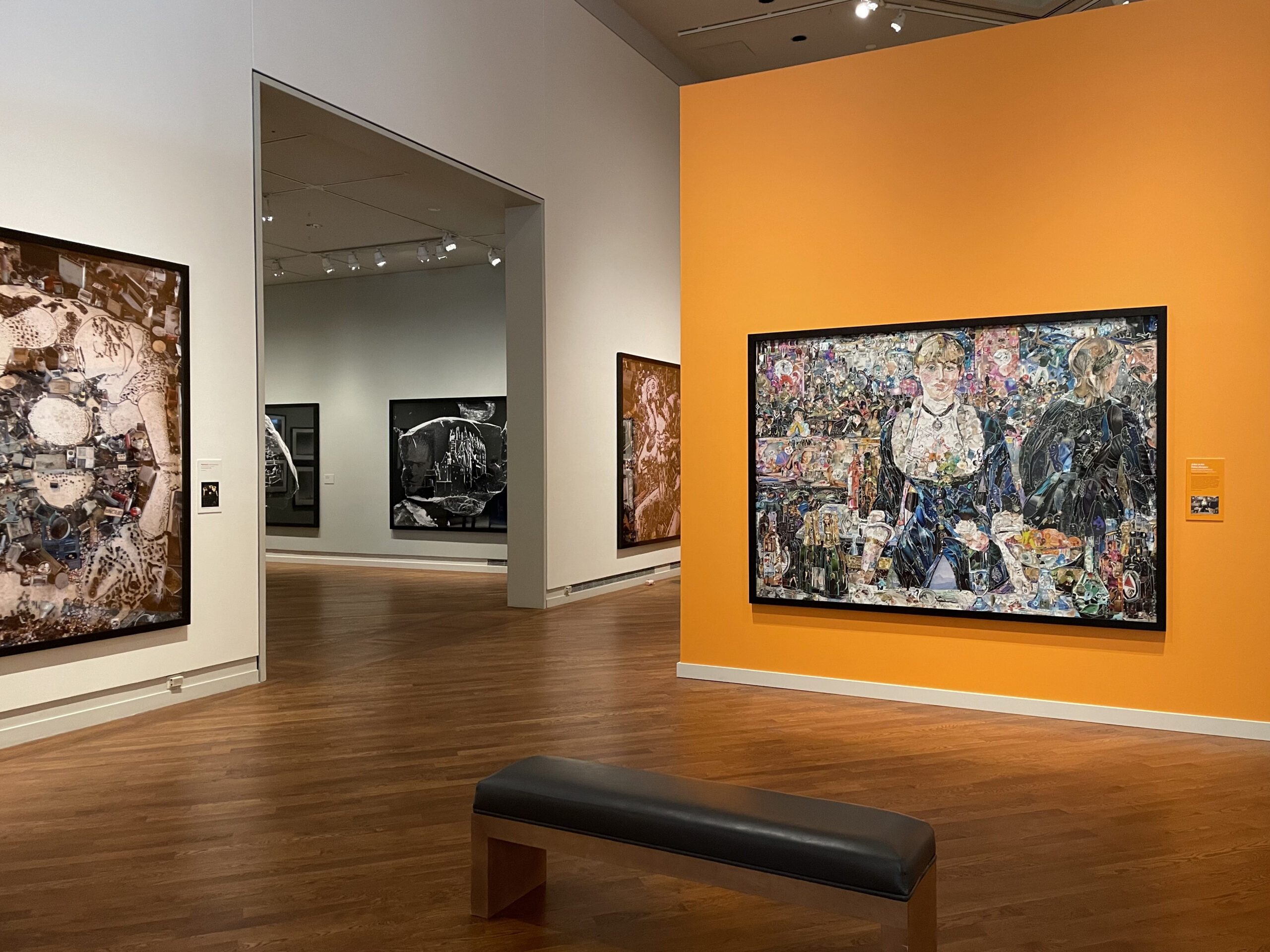
My trip began bright and early as I boarded my flight from Dallas and arrived in Salt Lake City at 7:30 am. In fact, technically it was still dark out when I boarded the plane—but, as they say, the early bird gets the worm, and I was determined to spend as much time as possible at the Museum. After an hour drive from the Salt Lake City airport, I arrived at my destination before the doors were open. As I waited to enter the building, I was struck by two images—the reflection in the tall windowpanes of the mountains meeting a light blue sky and the bright yellow poster advertising the exhibition with a marina sauce portrait of Medusa, an image of one of Muniz’s works titled Medusa Marinara (1997). As if gasping, the spaghetti and marinara sauce Medusa seems to be warning museum-goers that they are about to enter a world of materiality and creativity.
My research trip to the BYU Museum of Art was made possible by the Lambda Iota Tau (LIT) Research Grant from Sigma Tau Delta and allowed me to complete the final component of my doctoral field research by viewing Muniz’s works up-close and in person. I also had the opportunity to meet with Kenneth Hartvigsen, Curator of American Art, and Mark Magleby, Emeritus Director and Development Chair, at the Museum, who devoted an entire morning to discussing Muniz’s works and the development of the exhibition with me. While much of the dissertation research and writing process is often spent in front of a computer screen, the LIT grant made it possible to experience Muniz’s artworks as they were intended to be viewed, in-person.
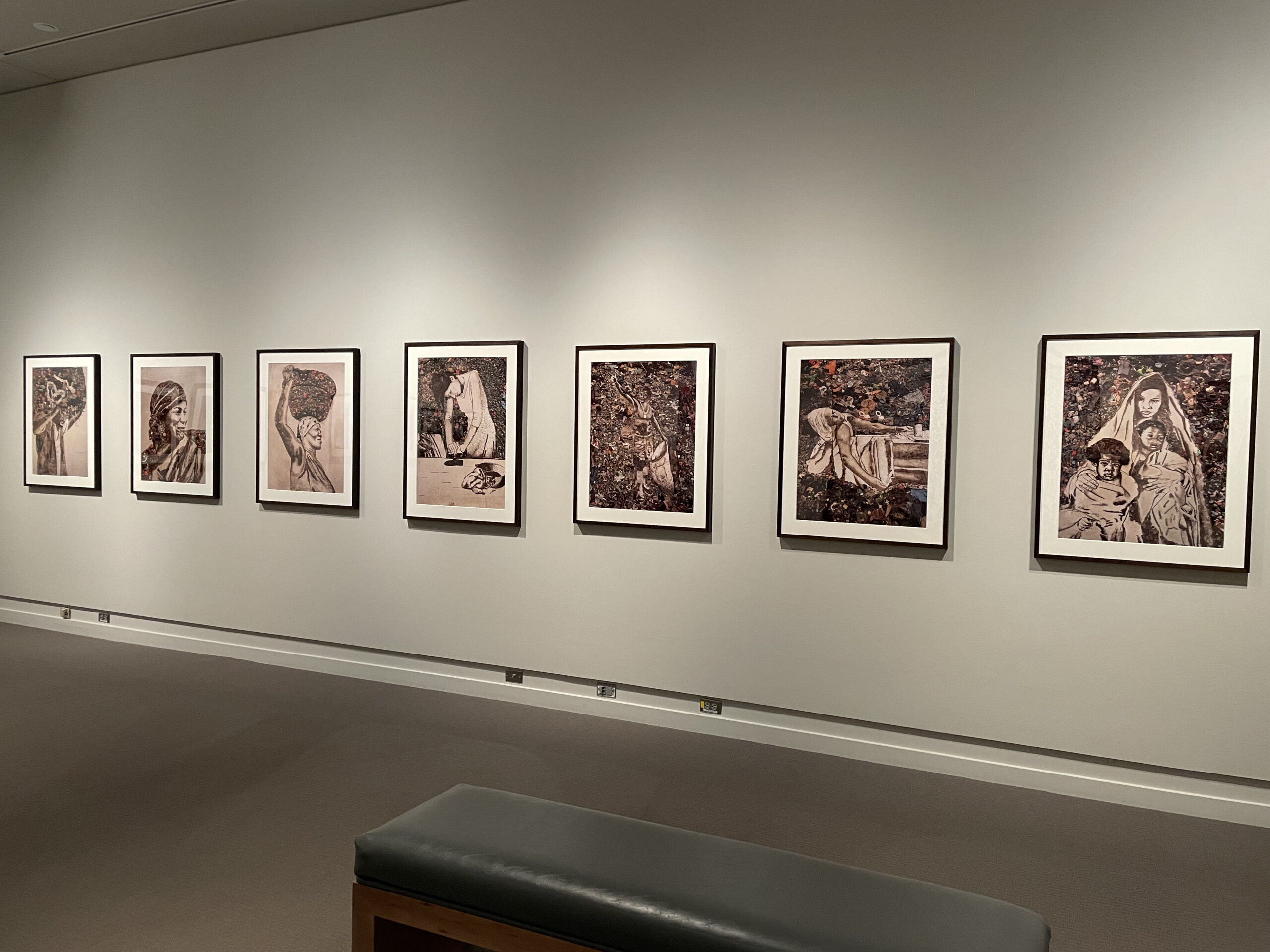
After thinking about the exhibition in its entirety, I devoted the afternoon to the main works discussed in my dissertation, Muniz’s Pictures of Garbage series (2008). I approached the seven photographs in this series, standing in front of each work, then moving back to the gallery bench to sit calmly and absorb the works as a whole, repeating these steps multiple times. Muniz, himself, often describes this back-and-forth motion that viewers do when looking at his works by explaining that one moves as close as possible to the picture to see the material it is made from and then steps back to look at the entire image. The artist’s description and my own interpretation of this process leaves me contemplating the act of reading a poem. In my head, I envision the reader pausing after a word to absorb its sound and imagery before continuing on to the next stanza, just as I found myself fixed on a specific piece of garbage—a crinkled water bottle, a half-deflated tire, or a broken sandal—before stepping back to focus on the portrait that was originally created by the intricately arranged garbage and then photographed. To dive a little deeper, the garbage that was collected by catadores (self-employed pickers of recyclable materials) at the Jardim Gramacho landfill outside of Rio de Janeiro and utilized in the creation of the artworks comes from across the entire city. Trash from wealthy neighborhoods and poor neighborhoods all end up at the same place, but it is in placing these discarded items together that a readable picture appears with multiple layers of meaning. On the flight home, thoughts filled my head, as I tried to figure out what I would begin writing about first—the material or the photographed image? All the while, knowing that both avenues into the work lead to a better understanding of humanity and a deeper analysis of the world around us.
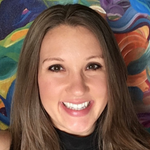 Patricia Stout
Patricia Stout
Lambda Iota Tau (LIT) Grant Recipient, 2020
Alpha Psi Nu Chapter
The University of Texas at Dallas, Richardson, TX
Lambda Iota Tau (LIT) Research Grant
Lambda Iota Tau (LIT) Research Grants are designed to support individual members at the undergraduate or graduate level as they complete original research that furthers the goals of the Society. Grant money of up to $1,000, with up to $500 for runners-up, will support travel to and use of archives or collections important to their research. The winning applicants will demonstrate the relevance of the research to English and English-related fields and may also describe the effect on current coursework, future research, or career pursuits.
Application Deadline: April 11, 2022—All research travel and the resulting written or presented outcome must be completed before May 2023.
Past LIT Grant Recipients
Writing On Both Sides, A Tale of Literary Obsession
What Do I Write?
More from Footnotes: March 23, 2022
2022 Convention Update
Student Leadership: Bigger than Yourself
NCTE Communications Internship
Summer Internship Stipend
Summer Program Scholarship


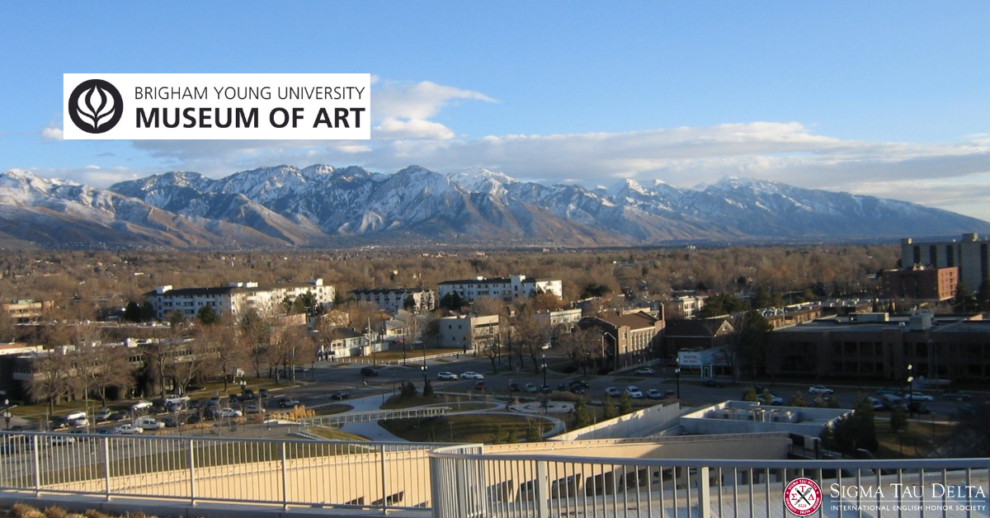
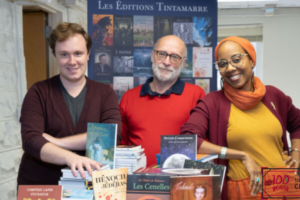
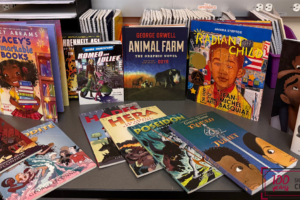
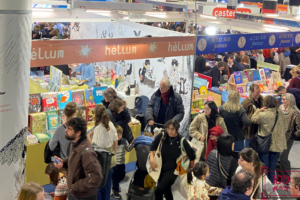
Add Comment